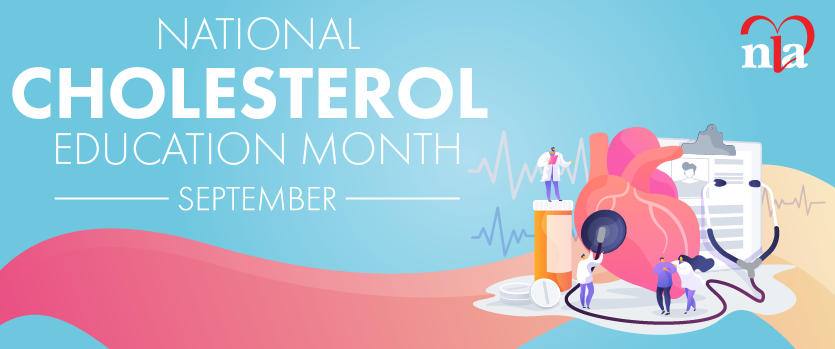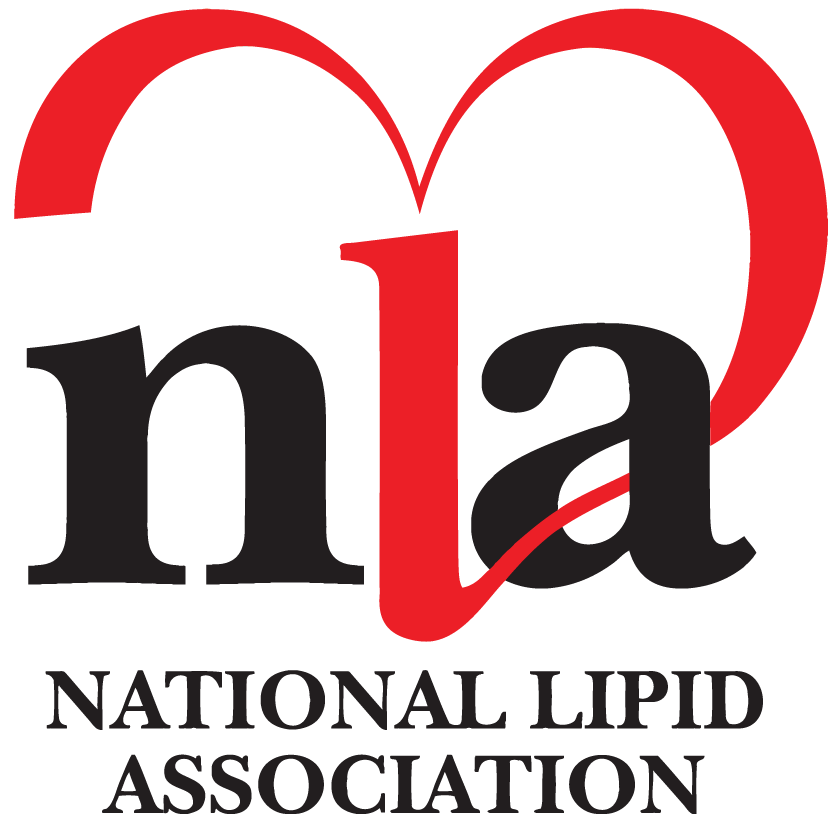“What a day that was” – David Byrne, Talking Heads, Stop Making Sense
Last year (2015) was a transition year that expanded upon the challenges and changes the National Lipid Association (NLA) had undergone for the prior couple of years. From a national perspective, at the demand of NLA members, the NLA released its NLA Recommendations for Patient- Centered Management of Dyslipidemia Part 1 and 2. These documents laid out NLA principles regarding lipid evaluation and management, and represented a point of view most consistent with the “on the ground” clinical lipidology NLA members.
Concomitant with these clinical documents was the inaugural issue of the NLA Annual Summary of Clinical Lipidology, which was first published in 2015, and which underwent a major upgrade with the 2016 issue. As with the principles inherent within the NLA Recommendations, the upgrades to the NLA Annual Summary reflected the principles of NLA members, as well as the expertise of almost 40 reviewers — with the vast majority being Diplomates of the American Board of Clinical Lipidology or Certified Clinical Lipid Specialists.
During this time of change on the NLA national level, in 2015, the NLA Chapters also underwent change, via restructuring. The intent was to streamline processes, and enhance opportunities for NLA Chapter leaders and members. The Southeast Lipid Association (SELA) was likely no different than the other NLA chapters, in that 2015 was a year of acclamation to a new set of priorities, a new way of doing things, and most of all, a greater flexibility in serving on committees, with greater availability in the creation and completion of tangible “deliverables.” Each of these restructuring processes had the intent of helping lipidologist colleagues in the care of their patients with dyslipidemia.
An example of how NLA priorities include the interests of NLA chapter members can be found within the NLA Annual Summary. During this transition year, a commitment was made to better recognize the efforts put forth on the part of NLA chapter members. An “E Link” section was added to the NLA Annual Summary document. This “E Link” section now provides online hyperlinks to NLA podcasts, webcasts, slideshows, websites, applications, and NLA continuing medical education initiatives. Each of these hyperlinks fulfills the intent to assist lipidologists and their patients, by providing better access to the NLA content, which were “deliverables” involving many hours of thought and work by NLA chapter members in crafting these initiatives.
Perhaps the clearest illustrative example within the NLA Annual Summary of recognizing the work of NLA chapter members is the dedicated icon and hyperlink to an aggregated list of “Patient Information” documents, which are practical, clinical documents for which so many NLA chapter members have invested so much time and effort. This is but one example of how the NLA structural changes on the national level are intended to better integrate NLA chapter members, chapter leaders, and chapter contributors into national priorities. In short, the transition year of 2015 was a sentinel one for both the national NLA, and the NLA chapters. My anticipation is that 2015 will serve as a springboard to even further opportunities and integration of NLA chapters in 2016 and beyond.
It’s past time we started making sense.






.jpg)
.png)











